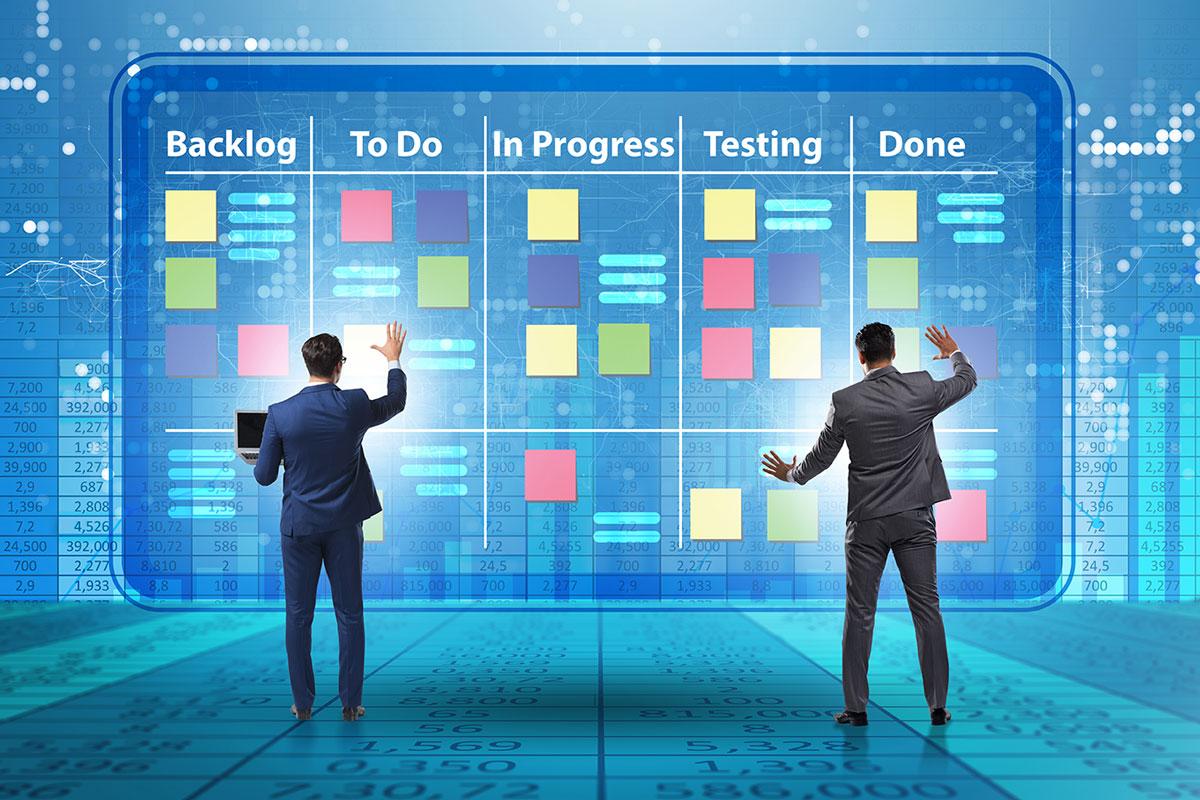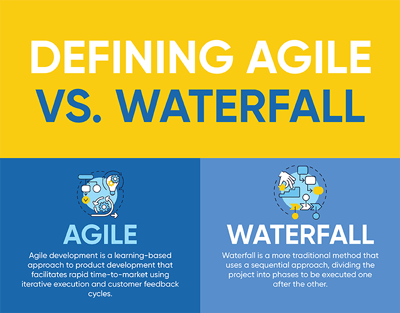The concept of agile project management is not new, but until recently has been utilized mainly for software development. Scrum is the specific agile way-of-working used by most software teams, which involves incremental development by teams working typically in 2-week sprints. The output of each sprint is working software with added functionality. Engineers involved in […]
Many companies realize that traditional product development methodologies limit an organization’s ability to generate breakthrough innovations because of their inflexible approach and experiment-squashing upfront planning. They emphasize linear processes and run in a sequential cycle. While Agile methods are quickly supplanting historic waterfall-style processes with their emphasis on continuous and iterative development, a major complaint […]
Product development teams are under constant pressure to be faster, more efficient, and focus intensely on customer value. Using traditional development processes, you may have tried all possible strategies to structure your projects to drive the desired results, but at some point, realize there must be a better way. One direction that most software teams […]
Waterfall has traditionally been seen as a reliable approach for developing manufactured products, while the software industry moved on with agile methodologies. Two decades later, the agile approach is trending in many industries including those focused on physical, hardware-based products, bringing the scope for innovation and twenty years of learning to all types of product […]
Introducing a new product into the market can be a daunting prospect, and one true sign of success comes from returning customers and satisfactory ROI. While launching a new product, you are not only looking at the potential issues you might encounter after it launches in the market but also considering the risks and hurdles […]





